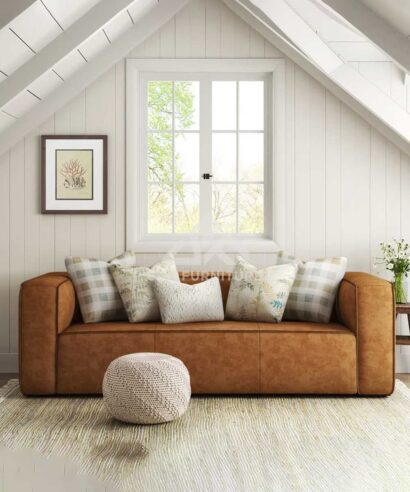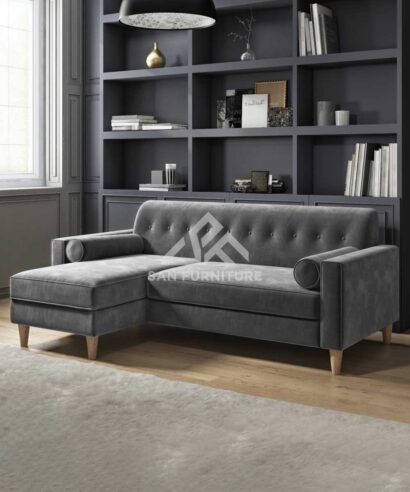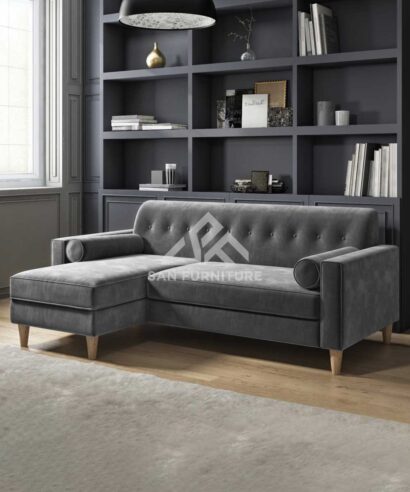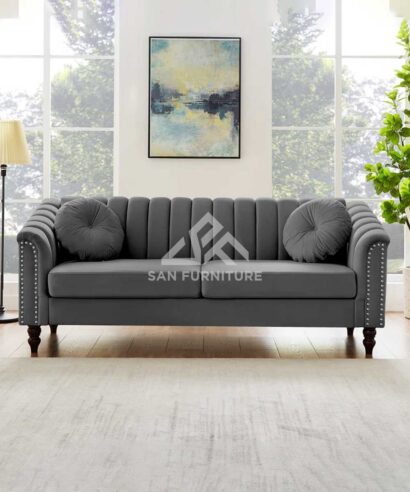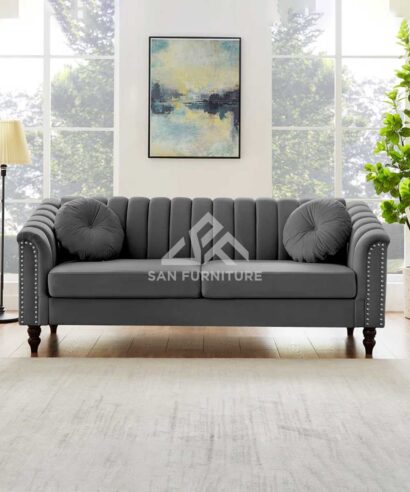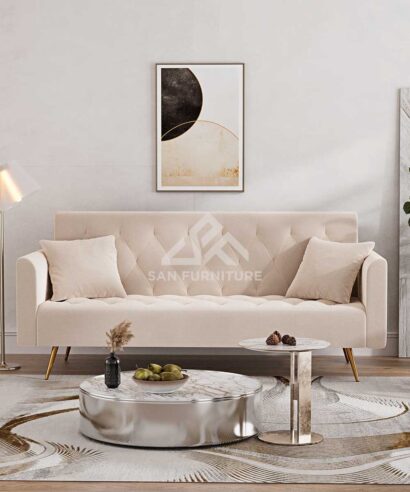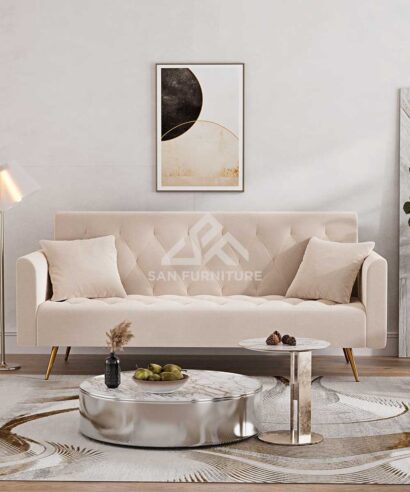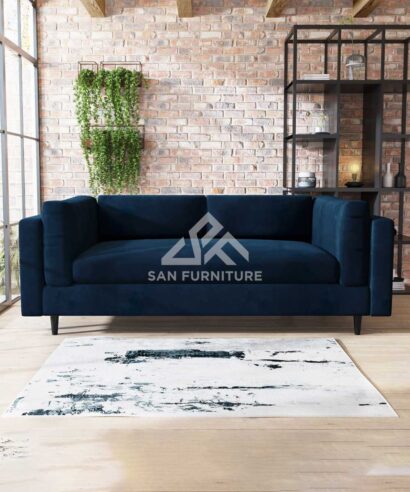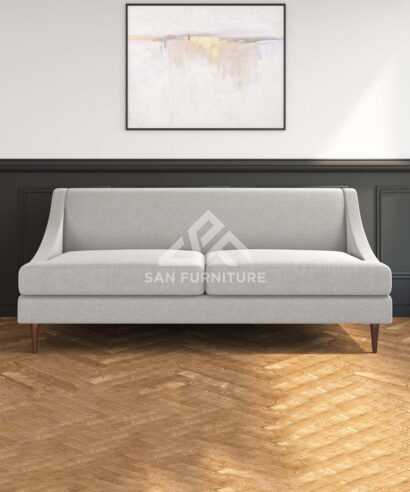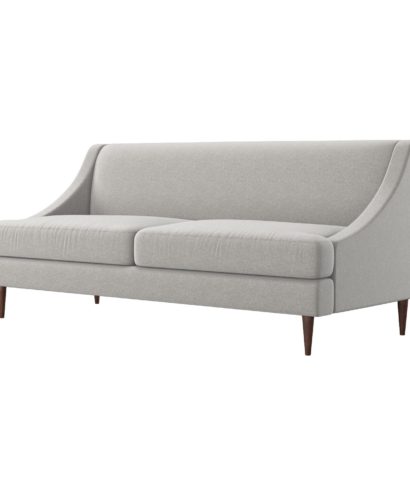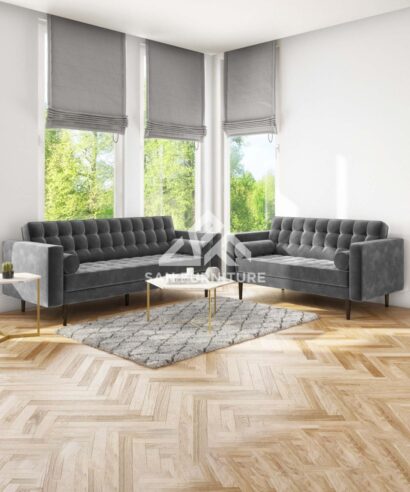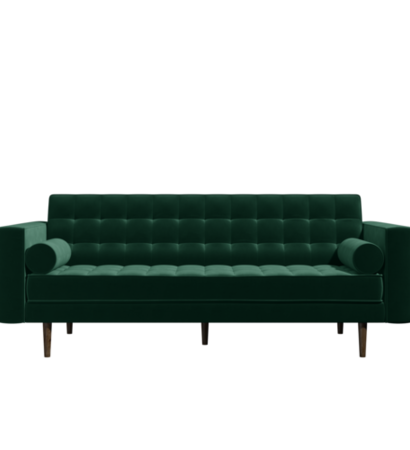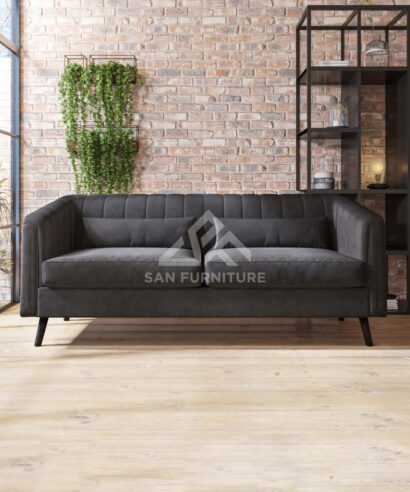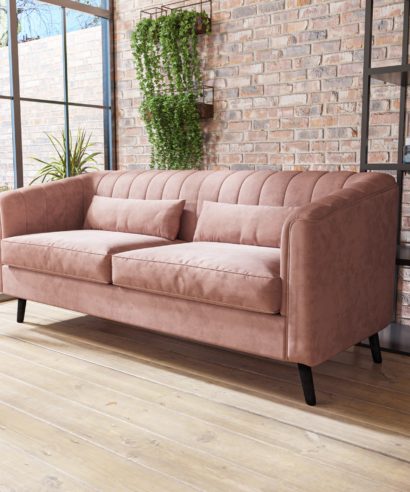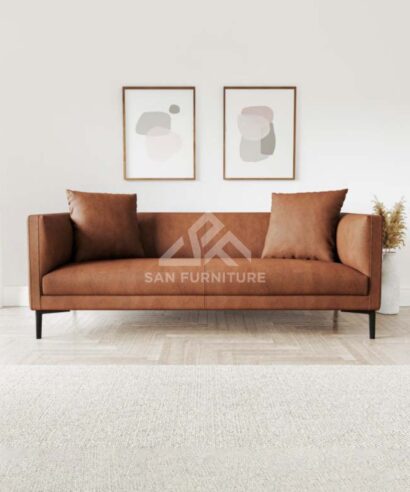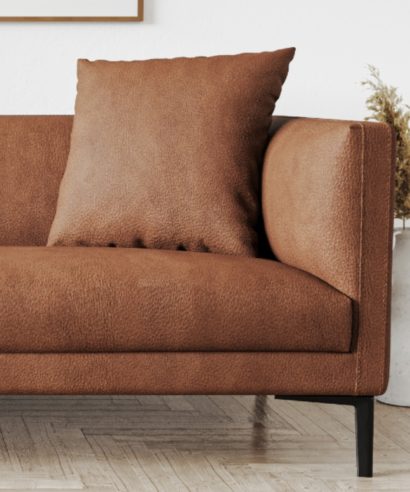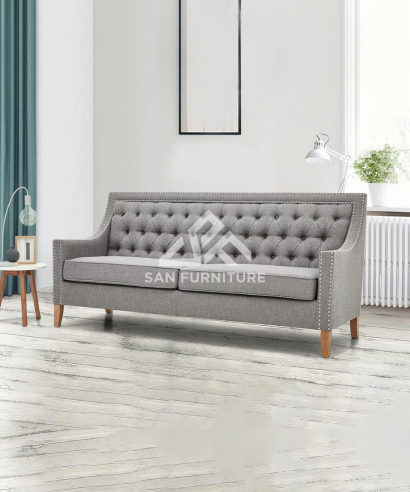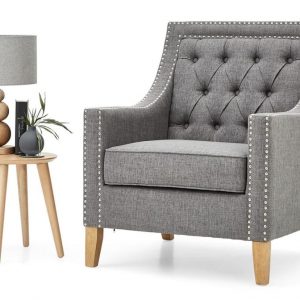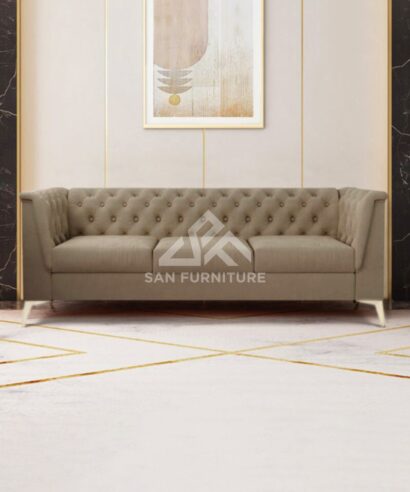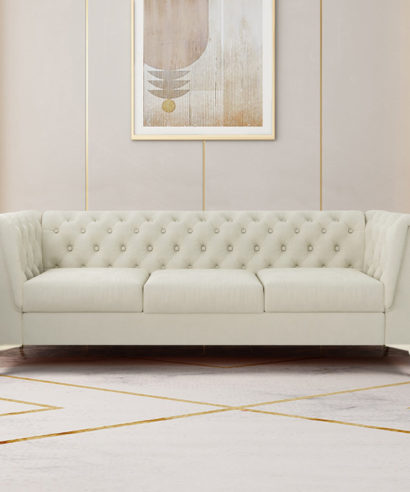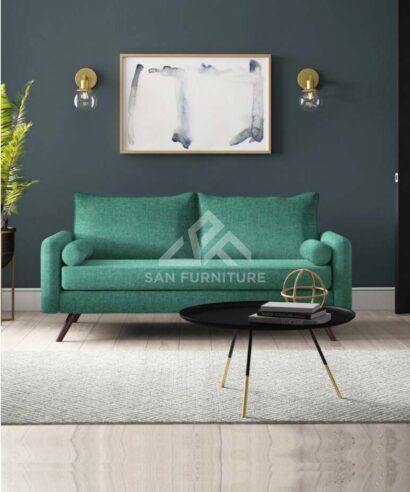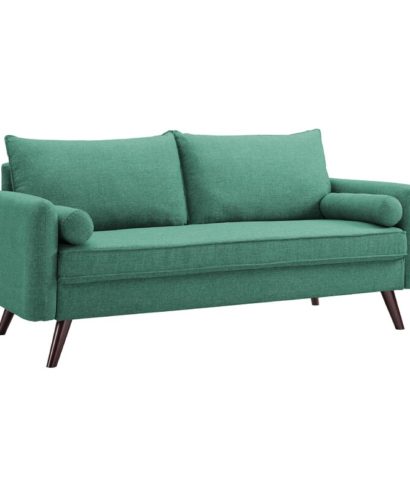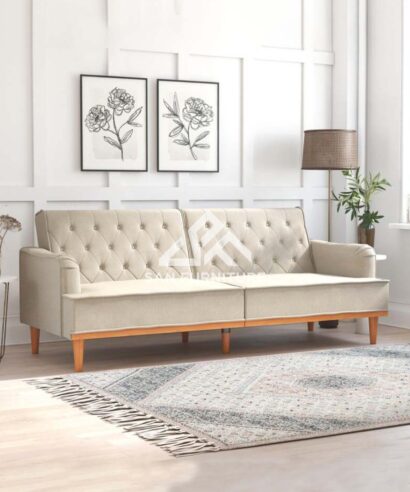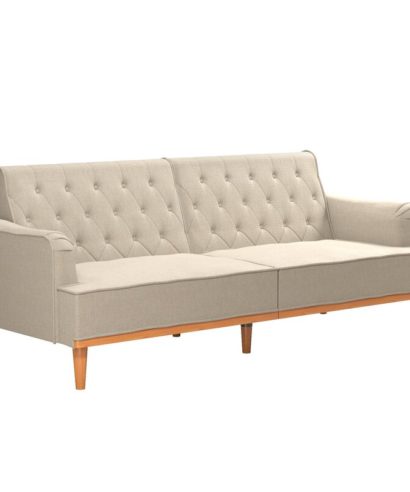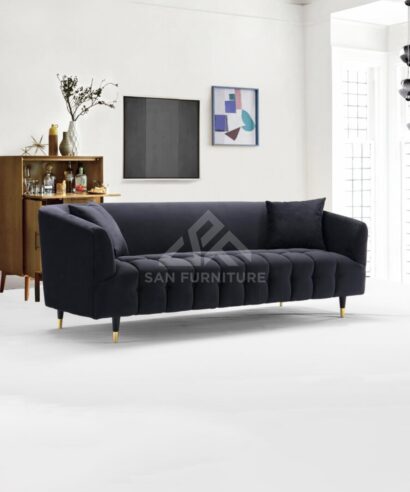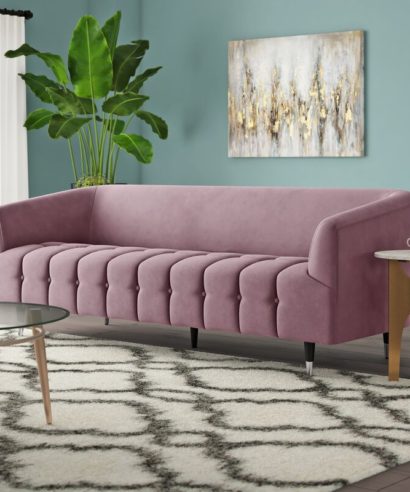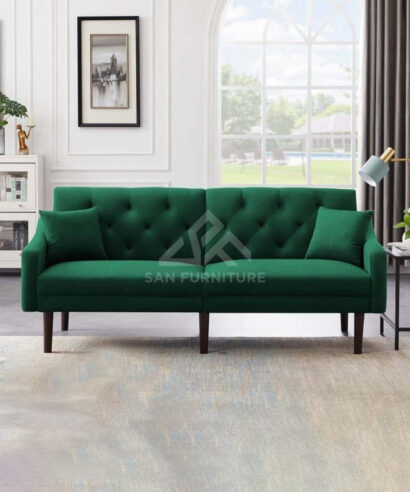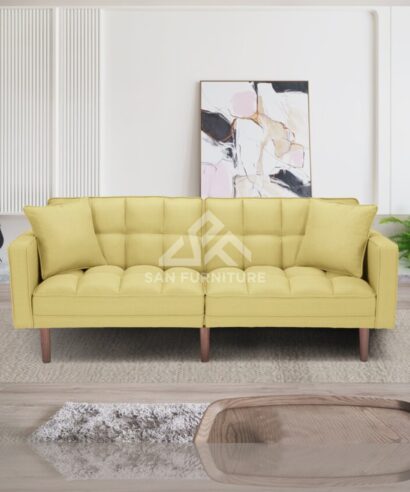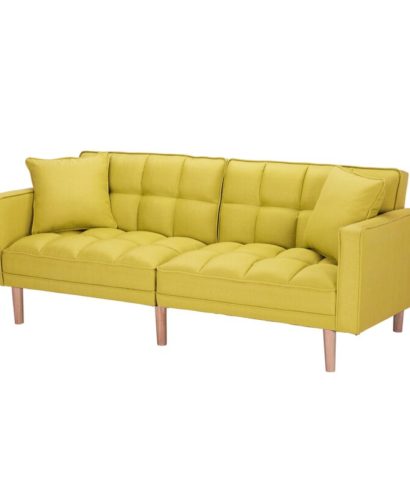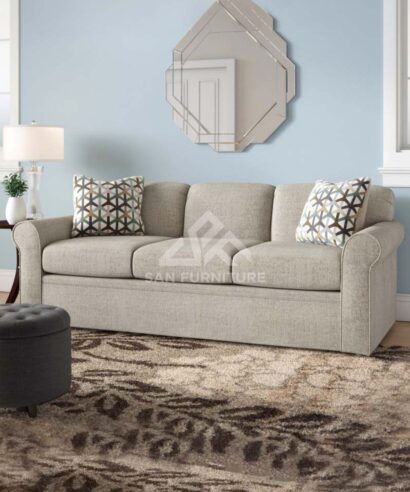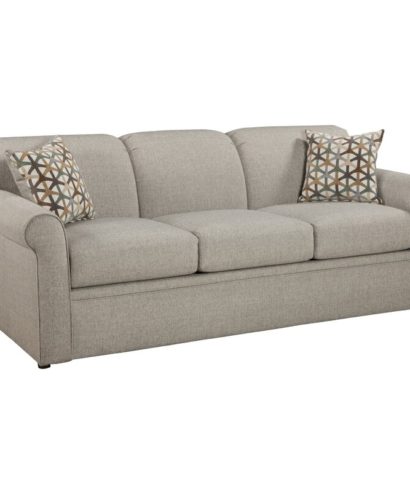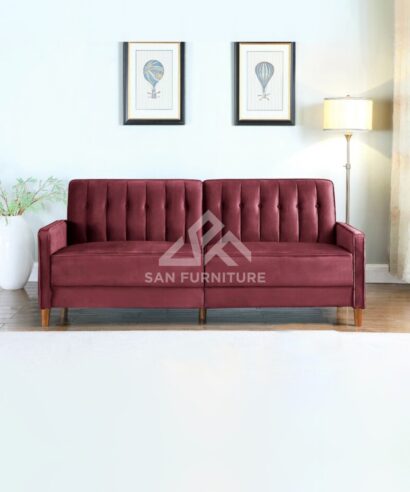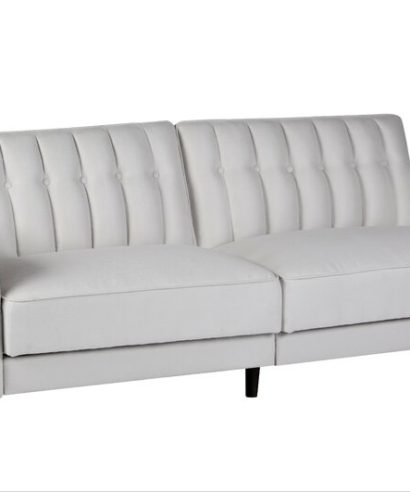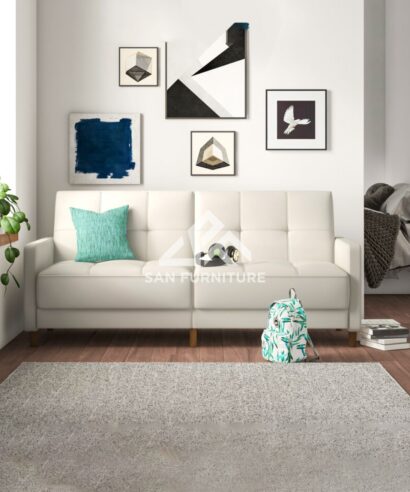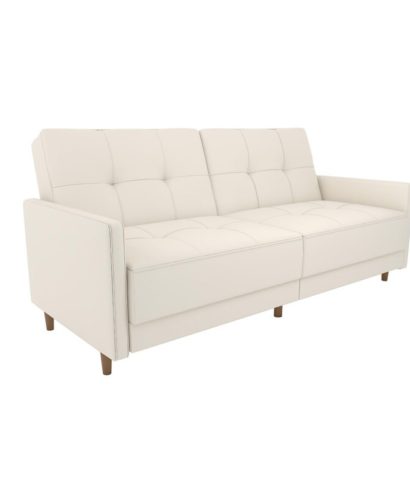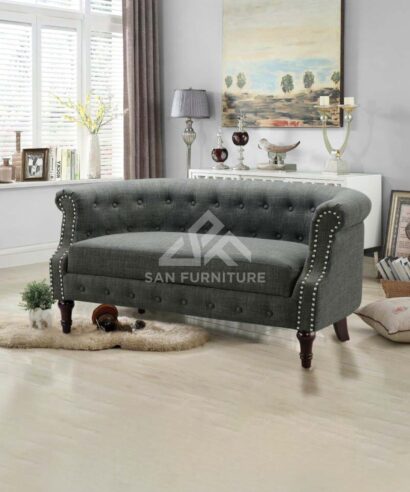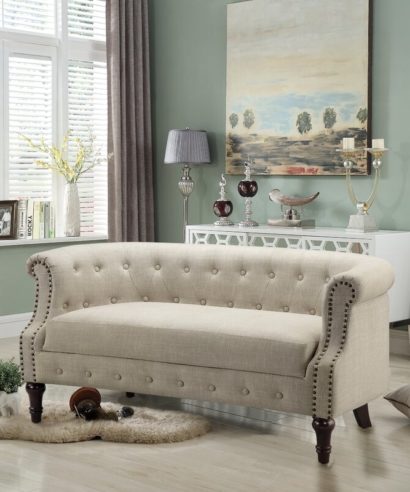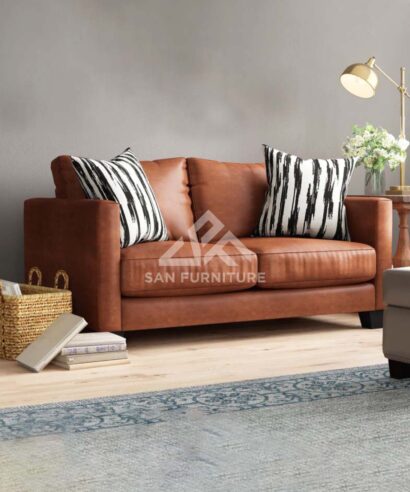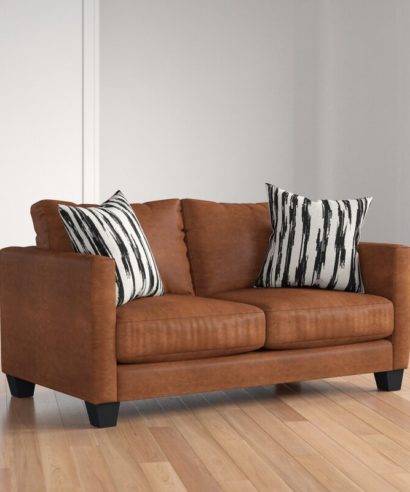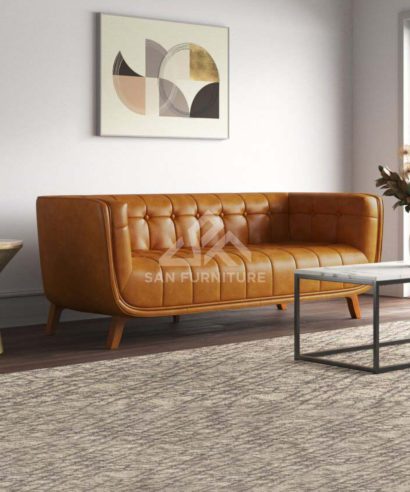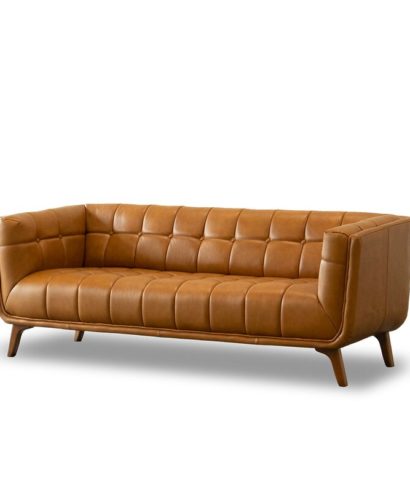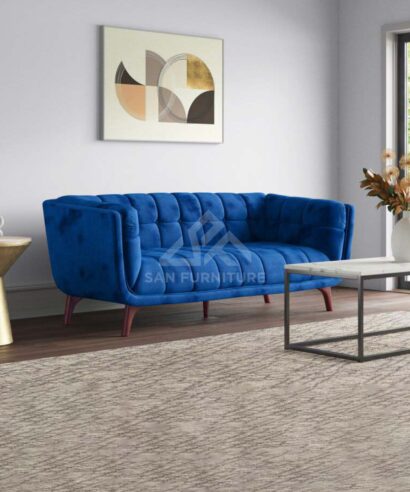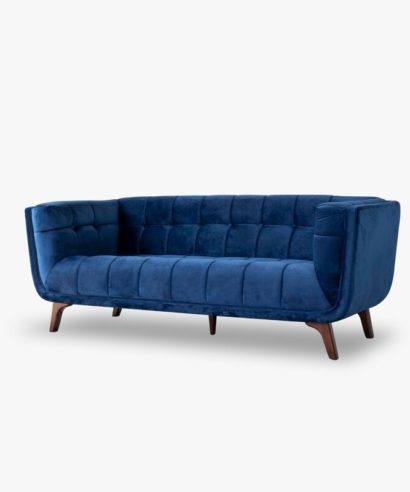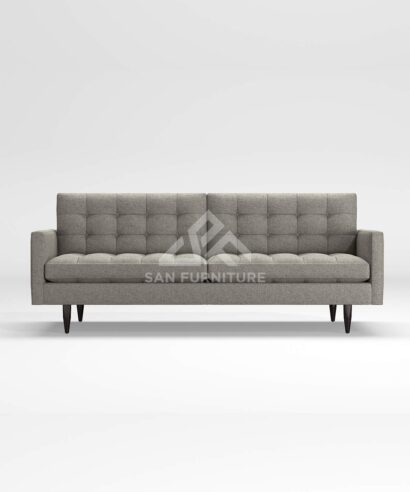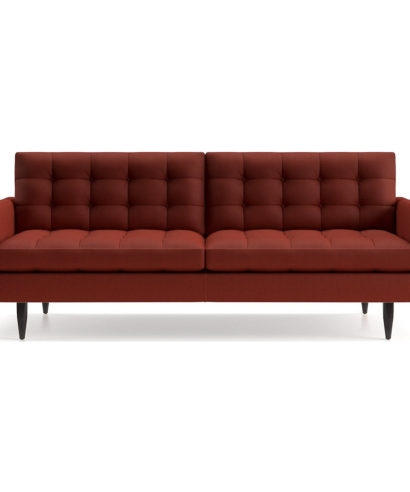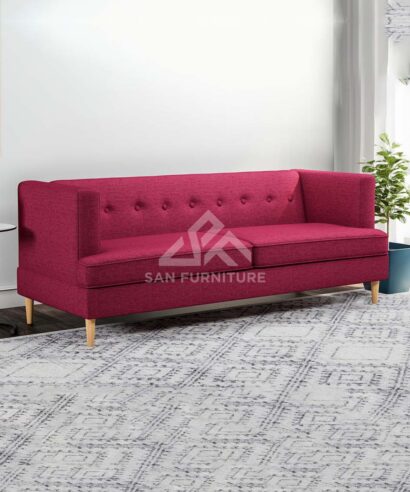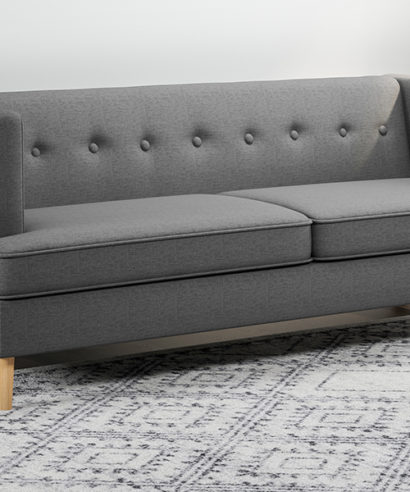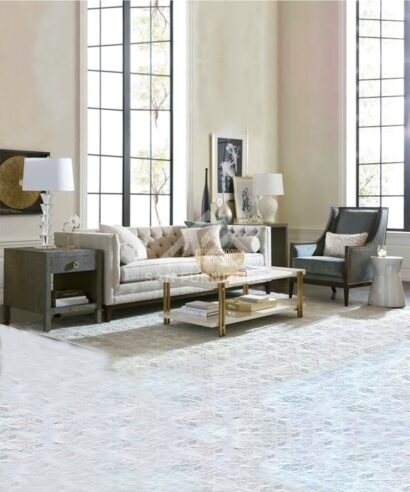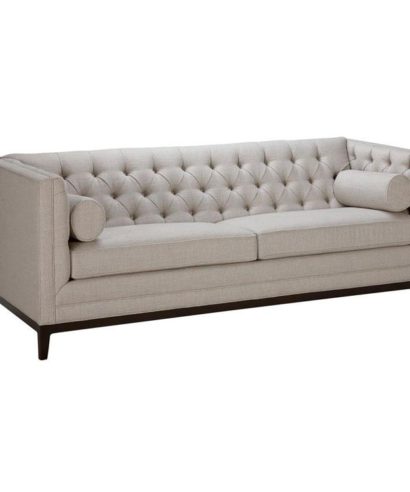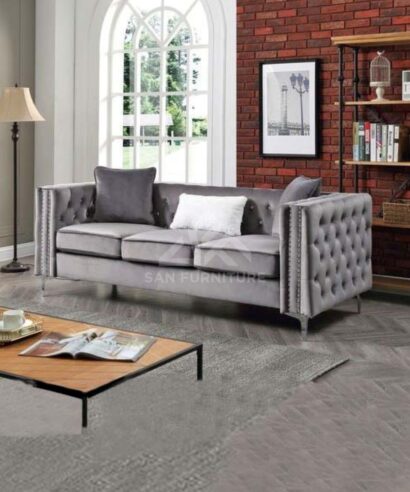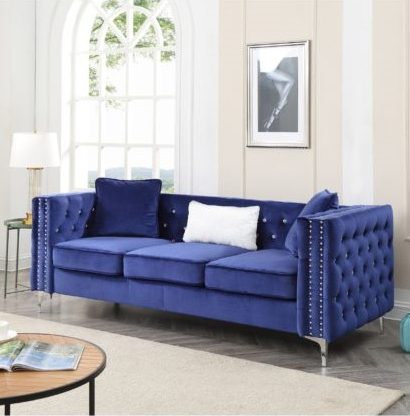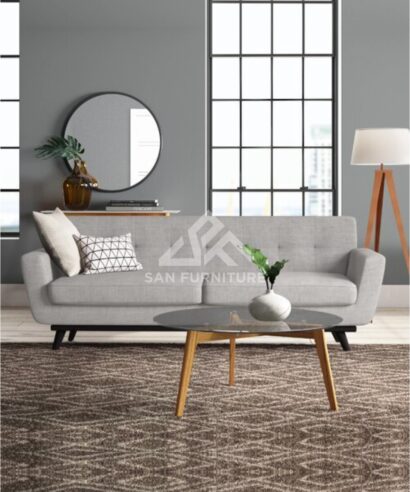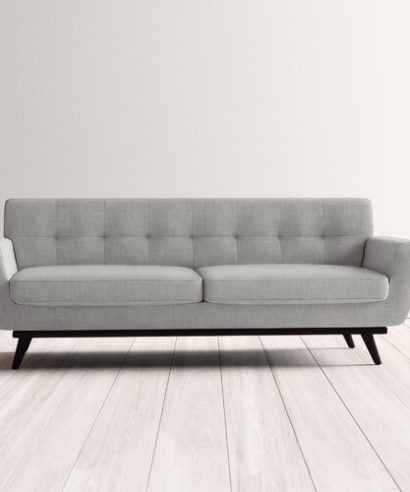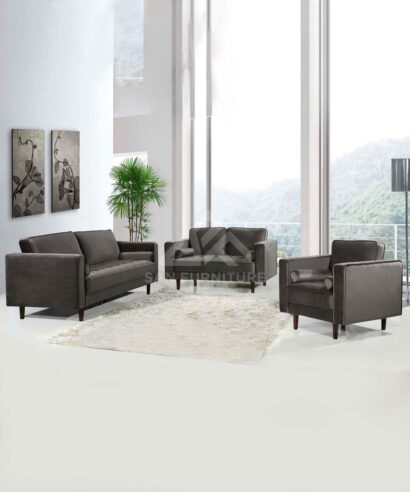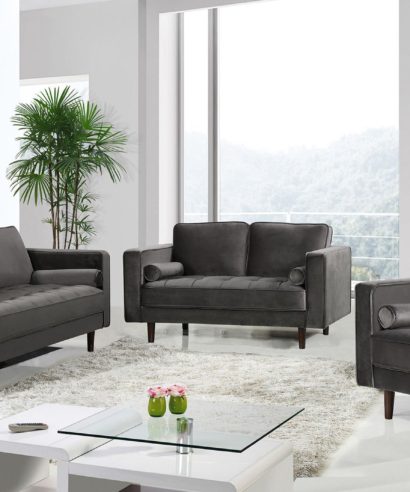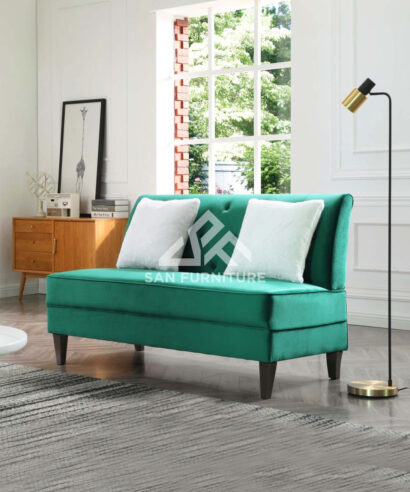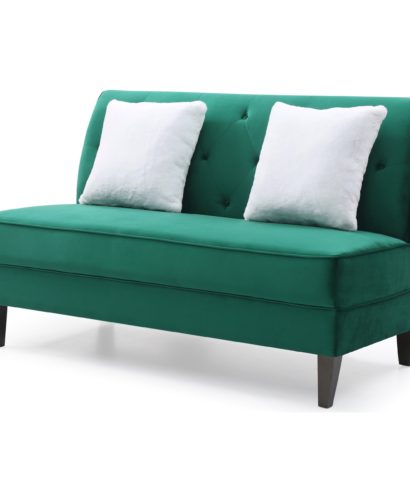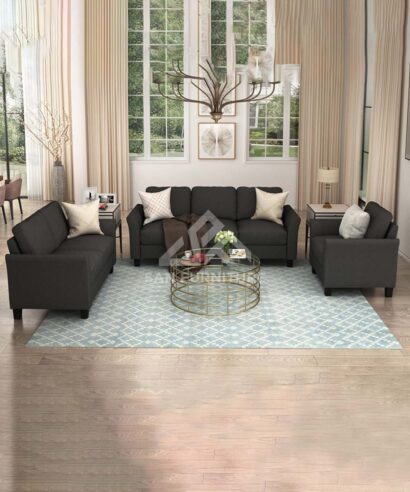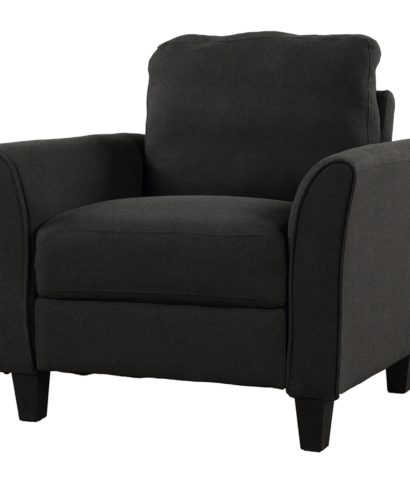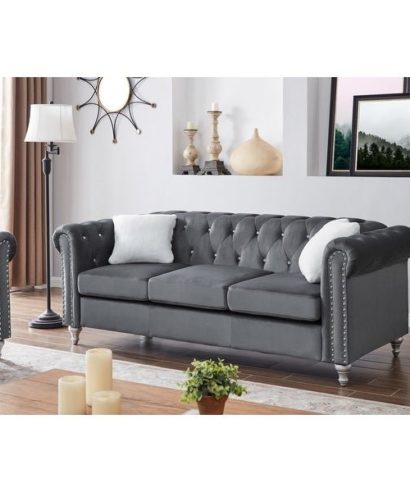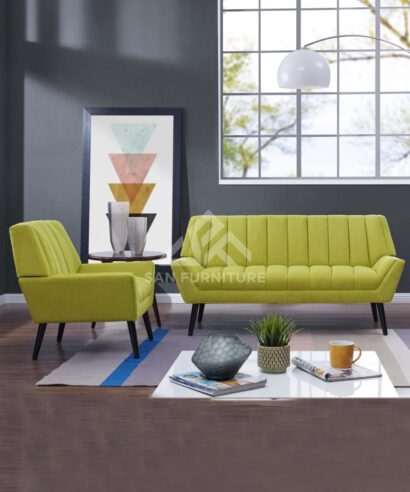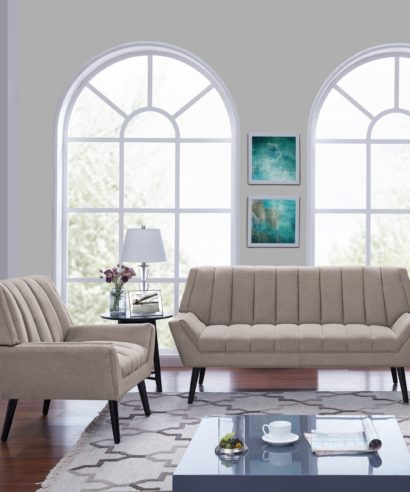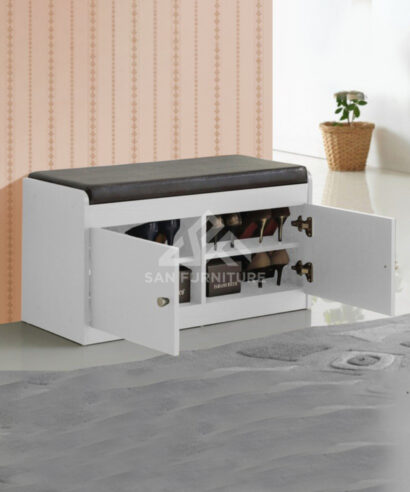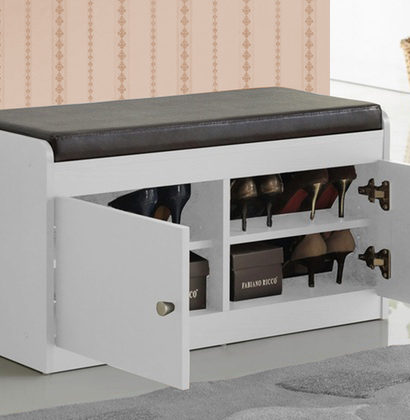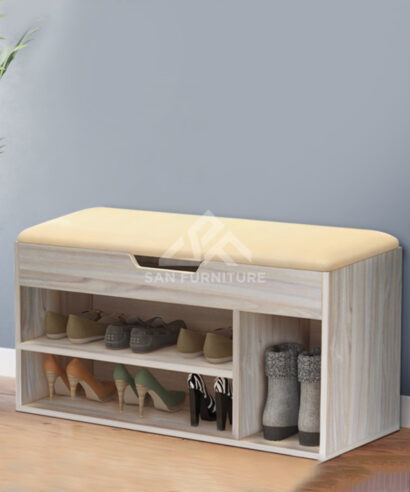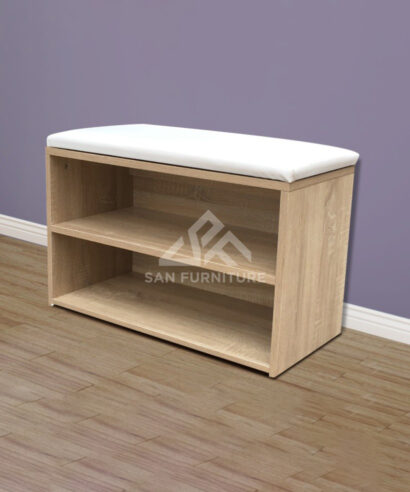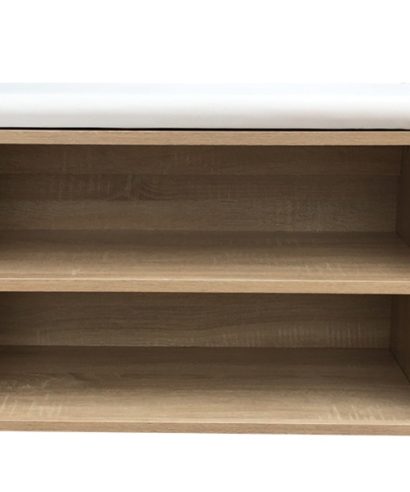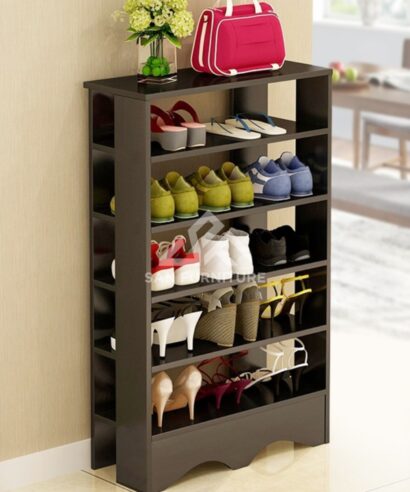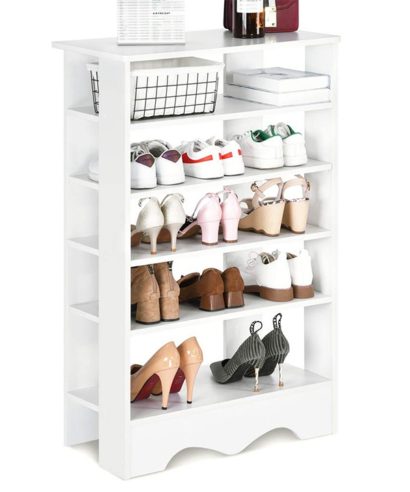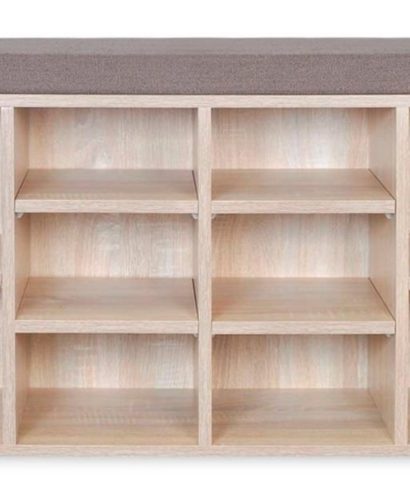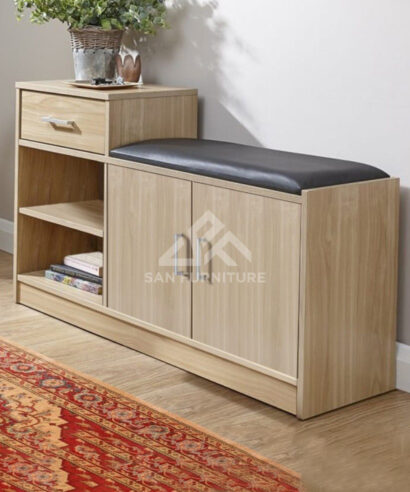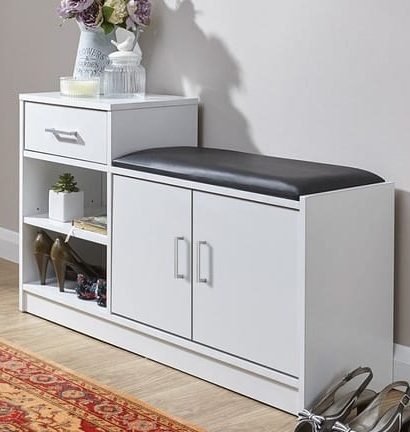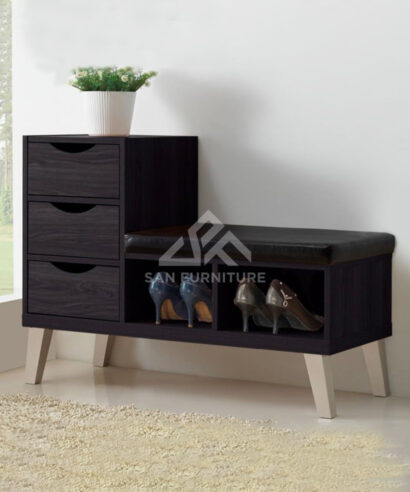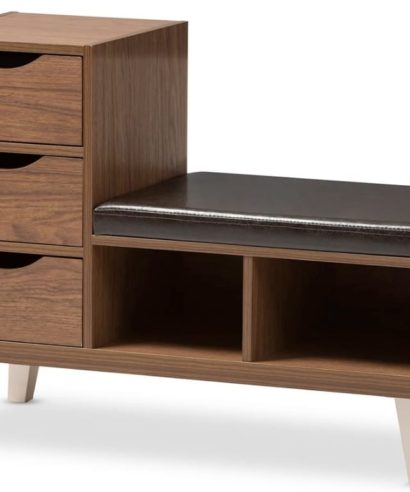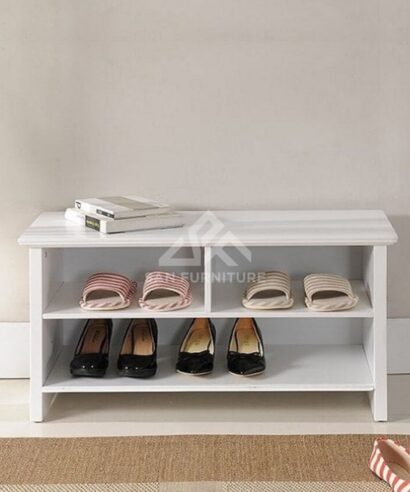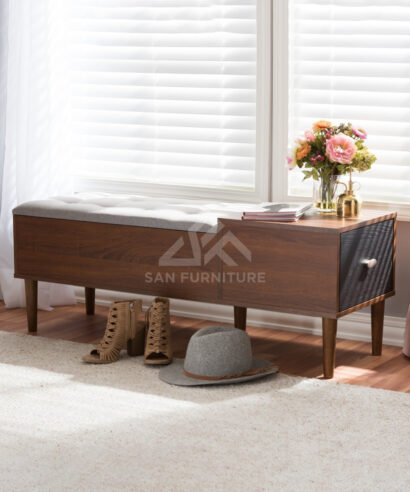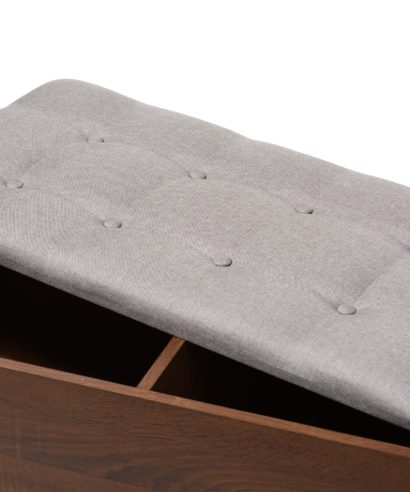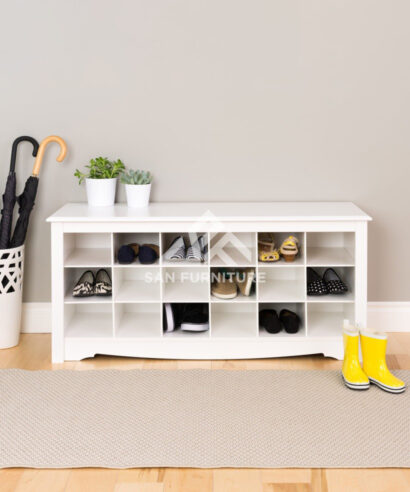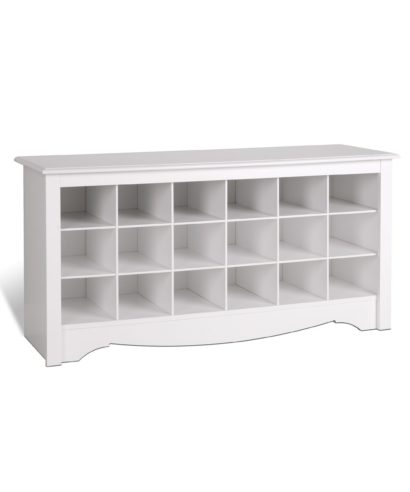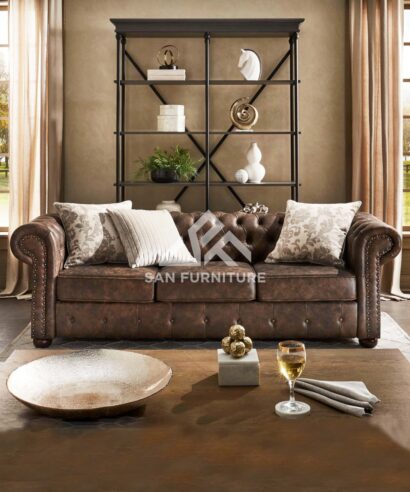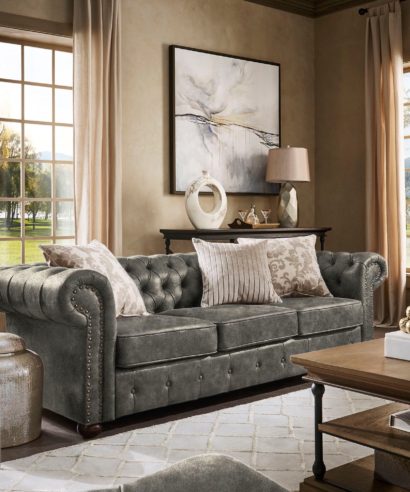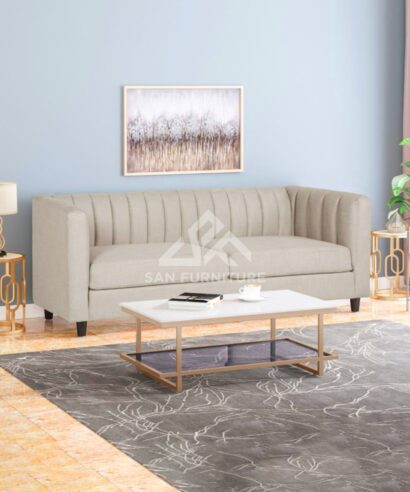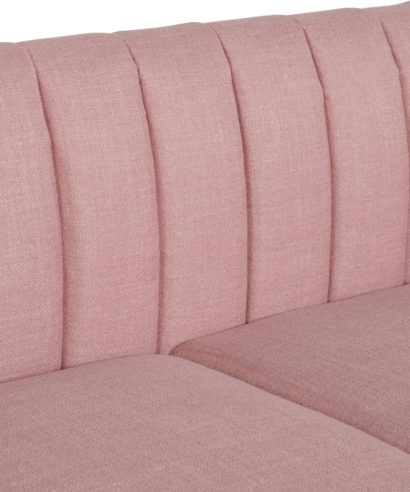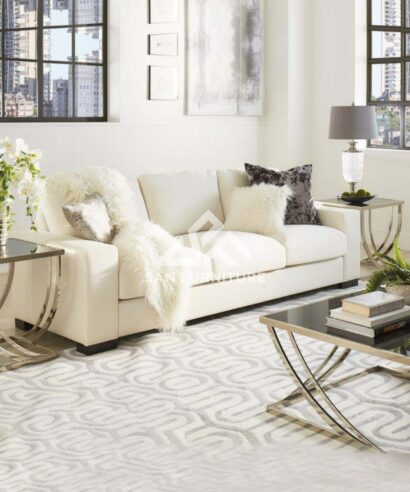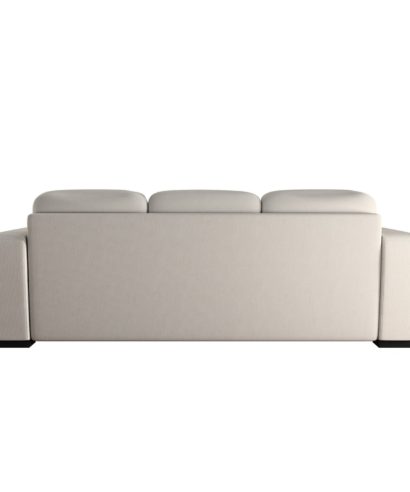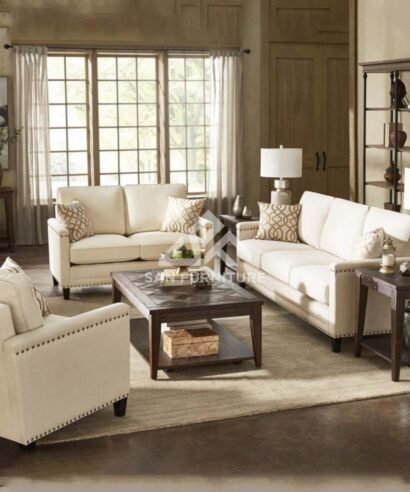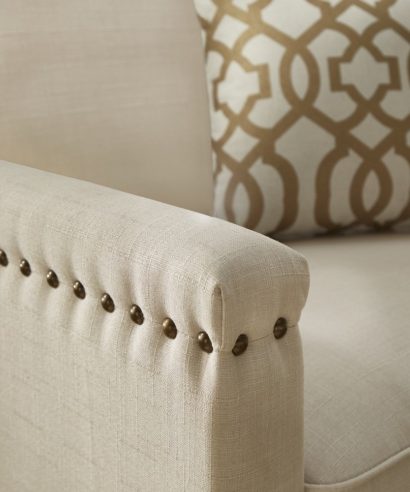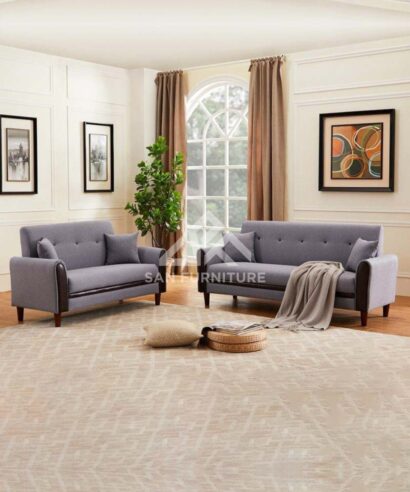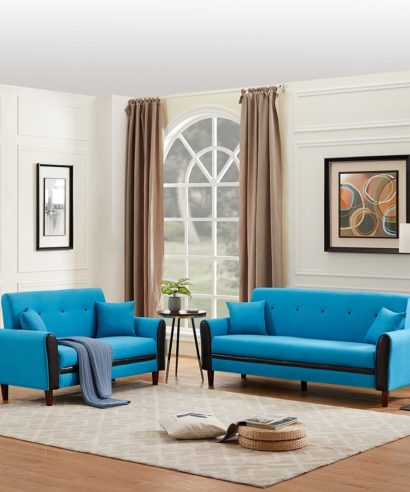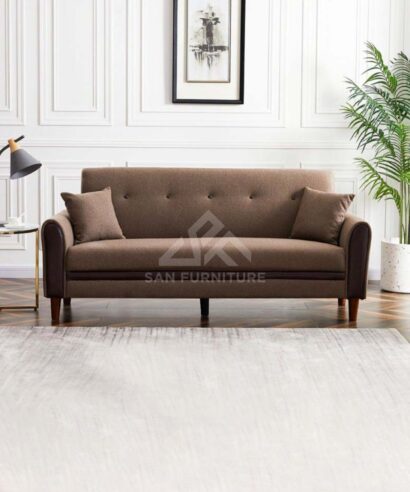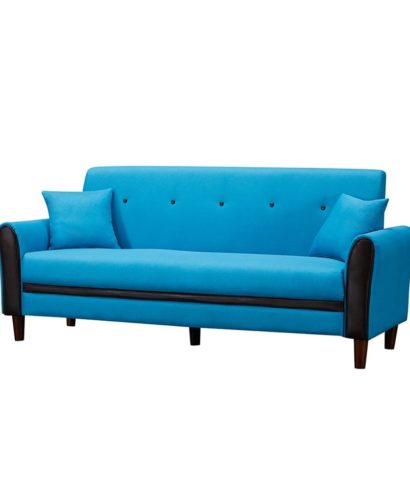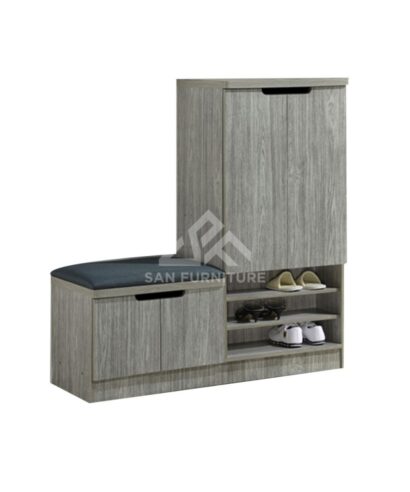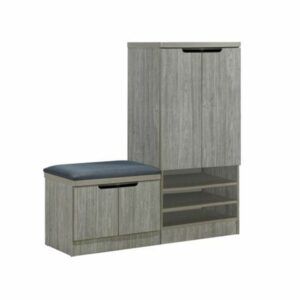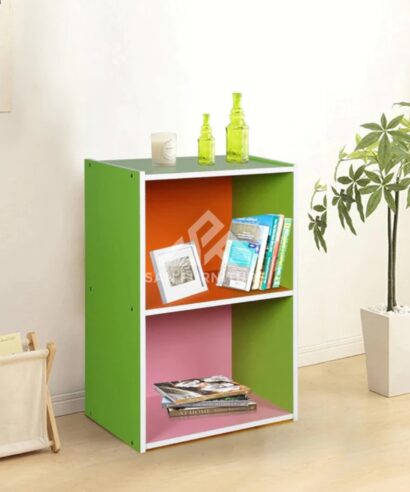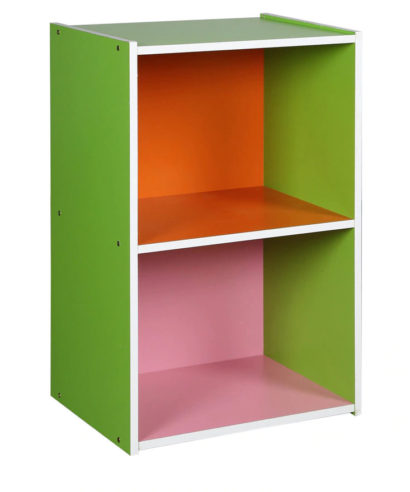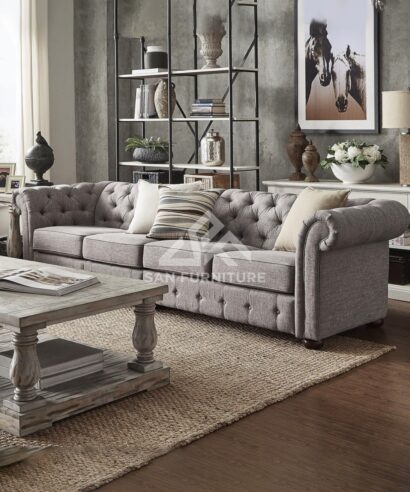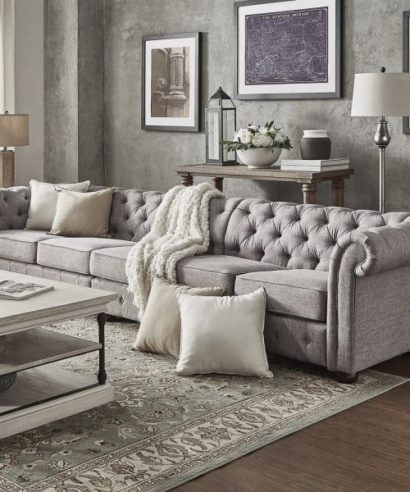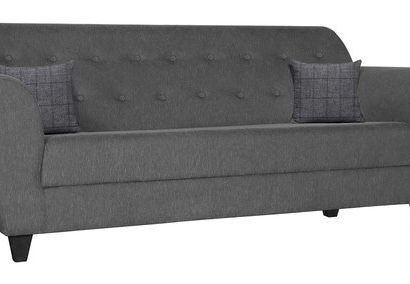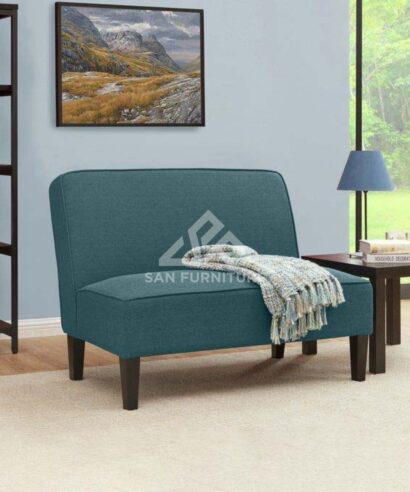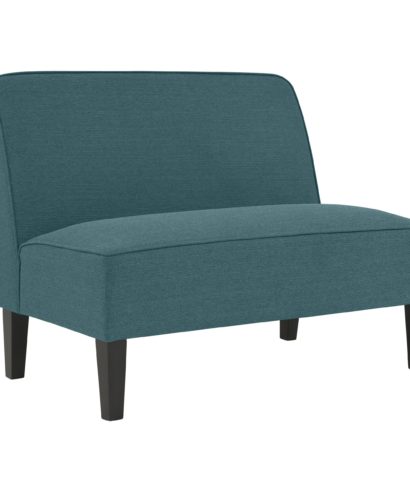Choosing Living Room Furniture
End tables serve both an aesthetic and practical purpose. By placing one on either side of a couch, you will create symmetry in the room while making the space more functional. These tables also have space for drinks, magazines, books, phones, and other items. They are a great addition to any living room.
Functionality
Functionality is a key factor when choosing furniture for a living room. The right furniture arrangement can make a living room feel cozy and inviting. The basic rule of thumb is to keep the furniture proportional to the size of the room. If the furniture is too close to each other, it can cause an uncomfortable feeling and make people avoid the room altogether. In addition, keeping the furniture positioned in the correct locations will help you create visual balance and avoid clutter and stress.
The study found that people from different occupational groups tend to renew their Living Room furniture sets three or four times in the past ten years. However, families of civil servants and industrialists do not typically renew their living room furniture as often. In addition, they often live in multiple homes and must keep several sets of furniture in one.
The arrangement of living room furniture plays a major role in the flow of traffic in and out of the room. It determines how easy it is for people to move from one area to another. Small living rooms can be crowded, so choosing the proper size of the furniture is crucial. For those with large homes, it’s also important to take the room’s dimensions into consideration.
A living room should be designed in a way that allows people to socialize without compromising privacy. This means that furniture must be oriented toward the focal point. If there is a television or fireplace, the furniture should face this focal point and be angled towards it. This helps you to see the TV or crackling fire without disturbing others. In addition to this, adding ottomans or pillow poufs can help create a conversational circle.
Style
Choosing the right style for your living room furniture is an important part of creating a comfortable and functional space. You can use accent tables to add a touch of class to your living room and also serve a practical purpose. End tables are great for storing drinks and magazines. They also make a room look symmetrical.
Traditional living room furniture is based on ideas from the 18th and 19th centuries. This type of furniture features wood-tone pieces and is generally warm in tone. You can incorporate floral designs and use bold colors to create a dramatic effect. You can also use soft accent pillows with this style of living room furniture. Adding lavish sofa sets, framed wall decoration, and decorative accents will complement this style.
If your living room is sunny, you may want to consider placing a large armchair or sofa in the southern part of the room. This will create a relaxing seating area that is well-lit during the day. Then, you can add smaller seating pieces next to the large piece of furniture. In addition, you may also want to include accent furniture such as end tables, coffee tables, and ottomans.
Choosing the right style of living room furniture is important because you don’t want to overwhelm your space. Choosing pieces that are too large can make your room feel smaller than it is. However, if your living room is too small, you can choose smaller pieces. They will fit comfortably into the space and still provide the functionality you need.
Choosing the right style of living room furniture is an important step in creating a beautiful space. After all, it is the living room that receives the most traffic in your home. Choosing the right style of living room furniture can make the difference between having a home that looks cozy and inviting, or a home that doesn’t look well decorated.
Function
When you are decorating your living room, it is essential to focus on function over form. For instance, it is important to prioritize seating, as you should design the furniture for the type of users. In addition, you should consider the size and shape of the room to determine how many pieces of furniture you need.
Living room furniture should be comfortable and welcoming. It should accommodate the most common activities in life. In addition, it should be functionally efficient. To make your living room more comfortable, you can arrange the furniture in the following way. You should place the largest piece of furniture in the center, either a sofa or an armchair. You should also position the furniture so that it is not in direct sunlight. Next, you should place smaller seating pieces, such as ottomans, coffee tables, and end tables. Finally, make sure to put at least one lamp on the tabletop surfaces.
The occupation and home ownership status of individuals in the West Black Sea region is related to the frequency of Living Room furniture renewal. With a higher income, the population is less likely to change their homes often, thereby reducing the need for replacements. In addition, the number of rooms and people living in each housing unit determines the type of Living Room furniture.
Another important function of living room furniture is to set the tone for the house. With a well-chosen set of furnishings, a living room can be an impressive showcase. Whether you want to entertain friends or family, living room furniture can be a huge help.
Size
The size of living room furniture can be an important factor when arranging your living room. If your Living room is only 10 feet long, you would probably be able to fit only a small two-seater sofa and two chairs. However, if your Living room is more than 15 feet long, you would be able to comfortably arrange two or three seating groups with plenty of space between them.
An average living room is about 16 feet long and eight feet wide, but you can find smaller living rooms as small as twelve feet by 12 feet. Similarly, a large living room is about 22 feet by 28 feet (6.71 by 8.53 meters), while a small living room is about twelve by 18 feet (3.66 x 5.49 meters).
The size of living room furniture is an important decision for any household. The ideal size for a sofa is two-thirds of the entire room’s total size, and the size of a coffee table is one-third to half the size of the sofa. This rule is especially helpful when purchasing multiple pieces of furniture. Having a specific size in mind will help you lay out your room properly and avoid the feeling of having a crowded space.
Finish
The finish of living room furniture is an important element to consider when choosing new pieces. A well-finished piece can be both attractive and practical. Ideally, it should match the rest of the room’s design. For example, a white finish coffee table should go well with the rest of the living room’s design. You can dress up a plain table with a brightly colored cover and add accessories, such as flowers, vases, or decorative throws.
To apply a new finish, you should make sure that the wood has been treated properly. First, you should apply an even coat of varnish on the piece. You should also make sure that the varnish is applied evenly across the wood’s grain. A thin coat is better than a thick one, as thick ones tend to crack and peel off as they age. After applying the finish, you should dust it well with a rosin lint picker.
Once you’ve chosen the wood for your furniture, you need to choose a finish that matches it. Penetrating resin is the best choice for this purpose because it penetrates the wood’s surface without requiring a surface coating. While open-grained woods tend to soak up a lot of resin, hardwoods tend to absorb it slowly and may not absorb very much of it.
Oil finishes are another option for finishing wood. These types of finishes are slow-drying and protect the wood’s natural beauty. They also provide a smooth and durable finish and bring out the wood grain. Moreover, hand-rubbed oil finishes are extremely attractive and look great when applied properly. Danish oil finishes are a better option than traditional linseed oil and require less reapplying.

